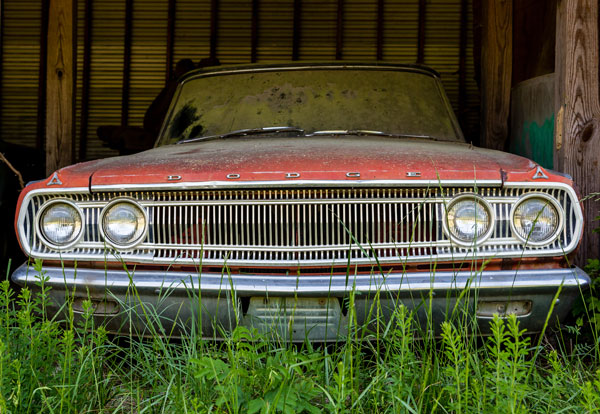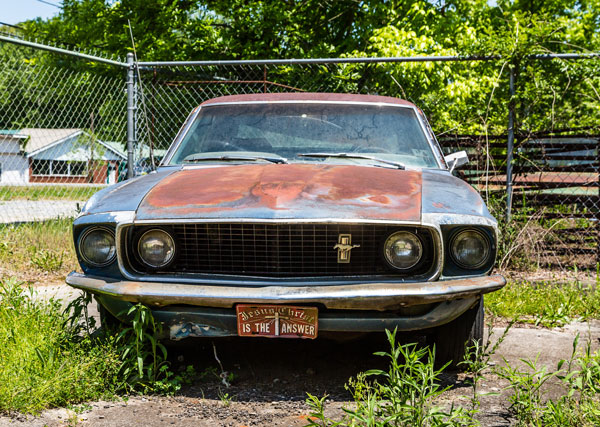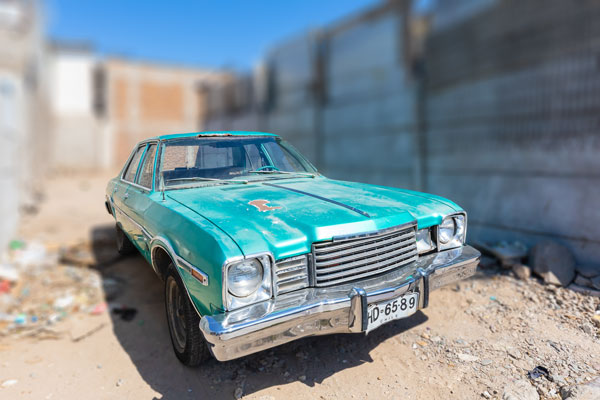We are very excited to show off a cool custom Nova owned by Jim and Diana Workman. This car has a solid deck lid cover. We love to see one upholstered this way that really compliments a beautiful car. This one is unique because it features not only custom stitching, but custom air-brushing by the one and only Mike LaVallee. It is when we received these photos that we learned of Mike's passing.
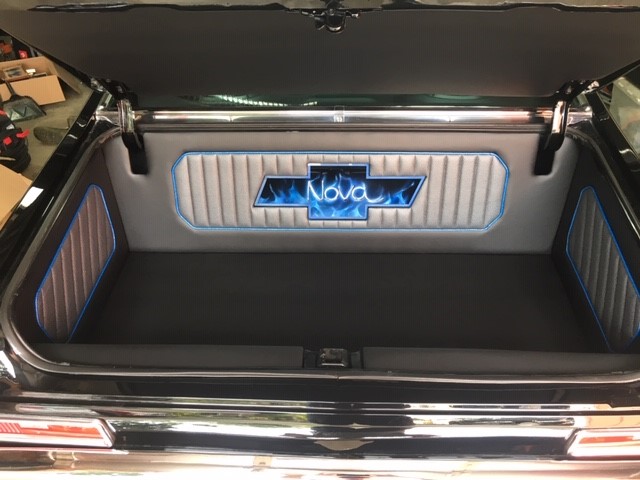
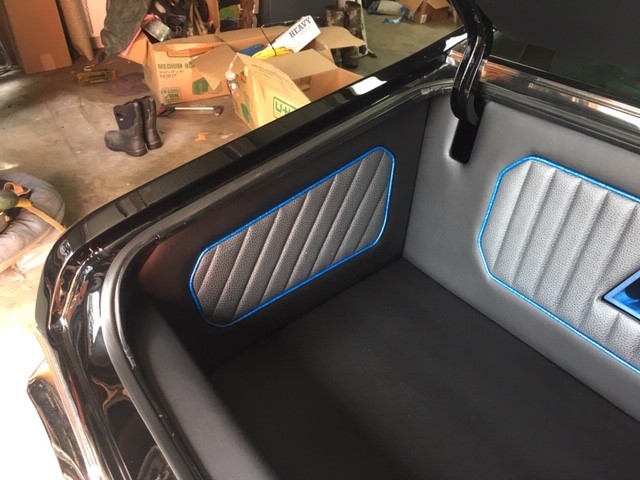
A Short History on Mike LeValee
Mike began drawing dinosaurs at the age of two. Later while in high school and moving on to sketching other animals, one of his teachers recommended he enter a national art competition. After winning, he decided to pursue a career in art and attended Butera School of Art in Boston.
Initially, he learned how to paint signs. He got a job at a sign-producing company and stayed there for about a year. LeVallee decided the job wasn’t for him and instead set up shop in his parents garage. There, he learned airbrushing from his father who used it for his taxidermy business. Instead of using dead fish as a canvas, Mark chose motorcycles and cars.
A friend saw his talent and suggested he ply his new trade at the Laconia motorcycle rally up in New Hampshire. He ended up making more money in that single weekend than an entire month of working in the sign business.
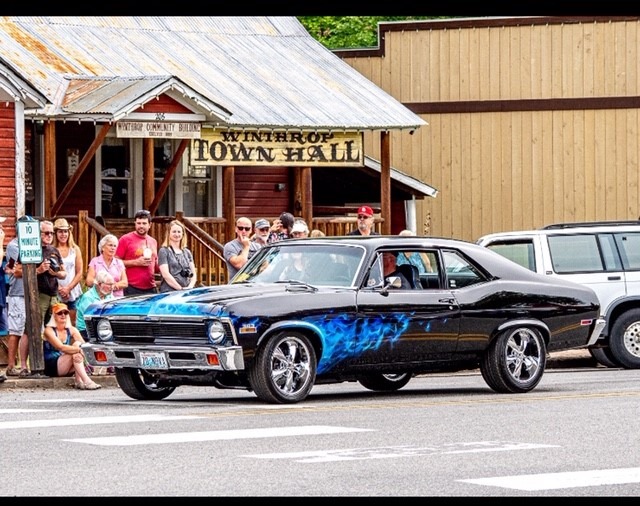
The motorcycle rally was the spark LeVallee needed to find his success in the airbrushing business. He traveled like a gypsy from show to show until he eventually settled down in Washington State. While attending a show in Seattle, Mark came up to a black ’32 Roadster. He mentioned to the guy working underneath the car that he could fix the scratch for 20 bucks. Mark fixed the scratch the next morning and met the owner of the car who was none other than Chip Foose of Foose Design.
Foose was so interested in LeVallee’s work he flew him down to Southern California where Mark painted his flames on the side of a ’51 black Chevy pickup. It was later featured on the cover of Classic Truck Magazine turning LeVallee’s work into an international sensation.
Mike passed away April14th, 2020 from complications of a stroke at 60 years old. Mark’s airbrushing techniques have changed the automotive industry. He called his technique True Fire which as since become the industry standard for airbrushed flames.
See some of Mike’s artistic process here:

